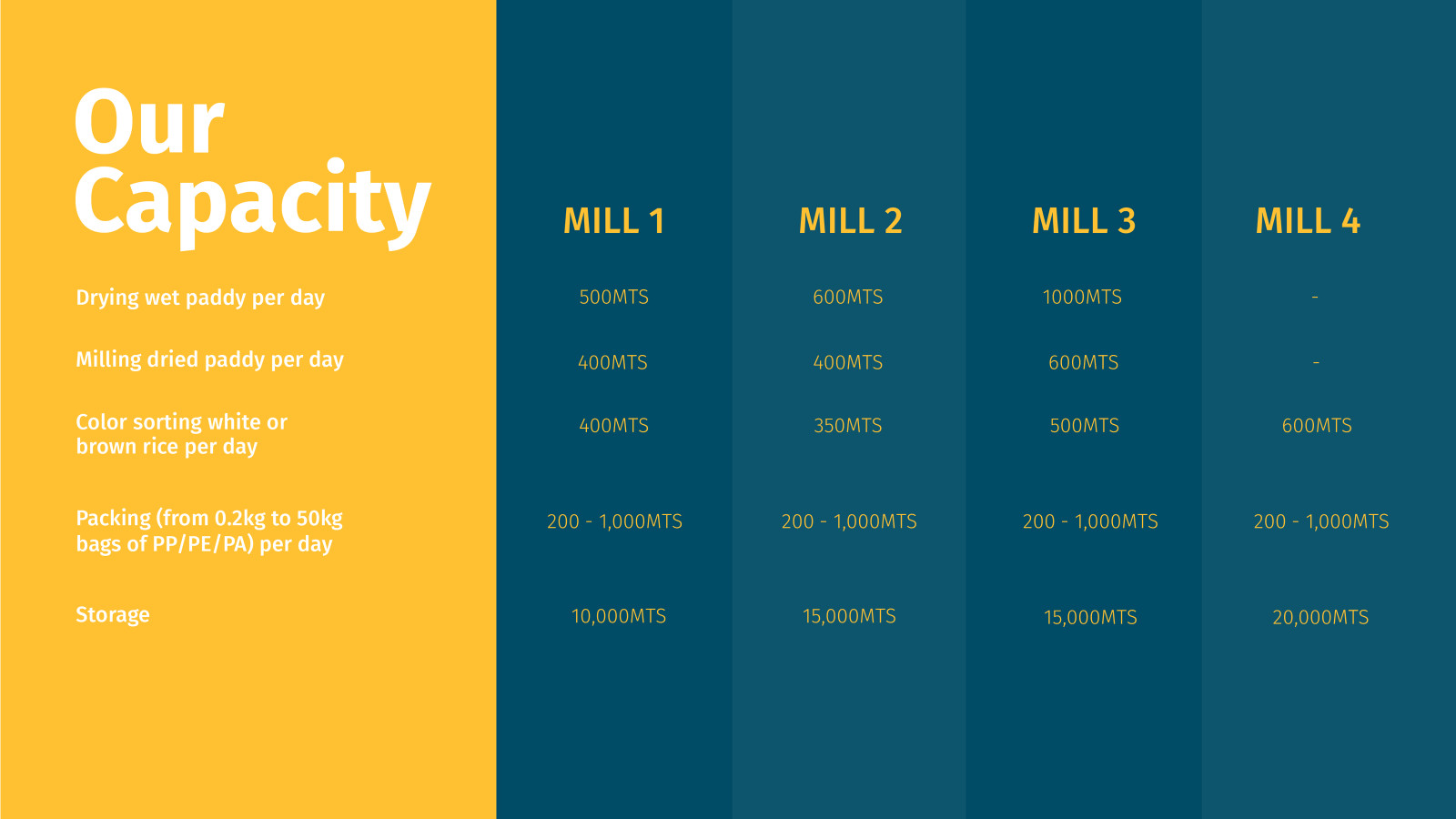With a material area of more than 3,000 hectares, it is linked to the consumption of rice products from farmers.

With a modern closed production line that is reinvested in stages to suit the needs of rice production according to the market. Currently, both production and packaging factories are certified with international food safety and hygiene standards according to HACCP and BRC by the inspection agency SGS.

Rice is both an important food source and a strategic export item of Vietnam. On average, Vietnam produces about 26-28 million tons of rice a year, after being used for domestic consumption, the export volume of rice is about 6-6.5 million tons/year, of which, in the Mekong Delta region. Cuu Long - the main rice bowl accounts for more than 50% of production and more than 90% of the country's rice exports. Rice exports play an important role in Vietnam's socio-economic development. In recent years, the rice industry has made great progress and achieved many results. Annually, Vietnam's rice exports account for about 15% of the world's total rice exports. Vietnamese rice grains have been present in over 150 countries and territories. The main export market is Asia, in which, China and the Philippines are the two main markets for rice exports. However, the rice industry is facing many difficulties and challenges in the context of integration and the outbreak of the Covid-19 epidemic. How to take advantage of opportunities to overcome challenges, overcome the limitations of the industry, and promote rice exports is a problem that needs to be solved.

